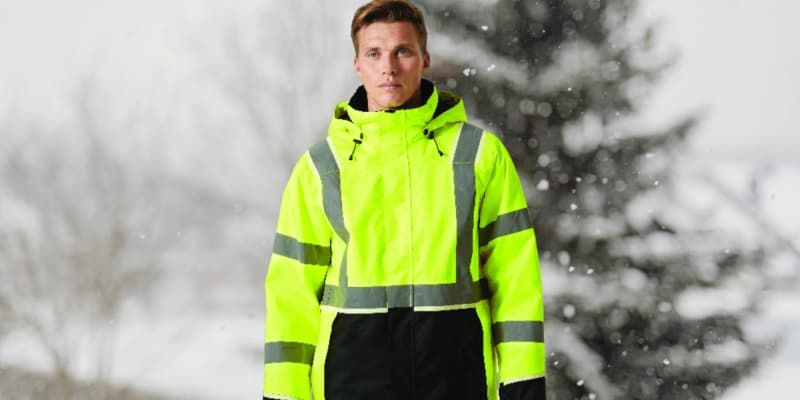
By Roger Munn 19/12/2017
Under: Site Set Up / Team WelfareHow to Deal with the Dangers of Ice and Snow On-Site
The HSE’s Approved Code of Practice refers to snowy and icy conditions and makes clear that businesses must minimise the risks from snow and ice to a reasonable level. This can easily be achieved with good planning, preparation and the right equipment.
Assessing the Risks
It’s vital to thoroughly assess the risk of ice, frost and snow and how these could affect daily working activities. Set out an action plan which details how hazards will be reduced or how risky areas will be avoided in dangerous conditions.
Your whole team needs to understand the dangers of winter conditions and be familiar with preventative measures. Keep the team up-to-date with weather forecasts and changes to working activities, so no one ends up in a hazardous position.
Keeping Ahead of the Weather
Keep a close eye on the forecast and stay one step ahead of the weather to prevent workers finding themselves in unsafe scenarios. Stay informed by visiting a weather service site such as the Met Office or Highways England.
Don’t forget, the forecast doesn’t always get it right. Watch out for any warning signs that conditions may change. Your action plan should also set out how to deal with icy conditions which arrive unexpectedly.
Gritting and Clearing
Gritting is the most common method of reducing ice formation or helping melt existing ice or snow on working surfaces. Gritting should be carried out on walkways, steps and emergency exits whenever frost, ice or snow is forecast. It’s best to grit in the early evening before the frost settles, but watch out for rain which can wash grit away.
Keep your grit supplies well-stocked and always have basic equipment, such as shovels on hand to help clear away snow.
Rescheduling and Diverting
When safety measures do not reduce the risks to an acceptable level, or if bad weather arrives unexpectedly, it may be necessary to close unsafe locations and reschedule work activities. If walkways are a problem, locate a safer route which workers can use instead.
If you use warning cones to mark unsafe areas, remember to remove them once the hazardous weather has passed or people may stop seeing them.
Keeping Workers Warm
Not having the right workwear for cold conditions will significantly reduce team wellbeing and productivity. What’s more, it’s also highly dangerous: cold can slow reaction times and reduce dexterity. In extreme cases, cold stress can occur, a potentially life-threatening condition where the body can no longer maintain a normal temperature.
Make sure your team is kitted-out with the right workwear gear to keep them safe, warm and working well.
Need help with your winter safety? Call today to speak to one of our safety champions on: 0333 003 5710.
Enfield Safety – no one works harder to bring you health, safety and welfare products at the right price, on time, every time.

.jpg)
